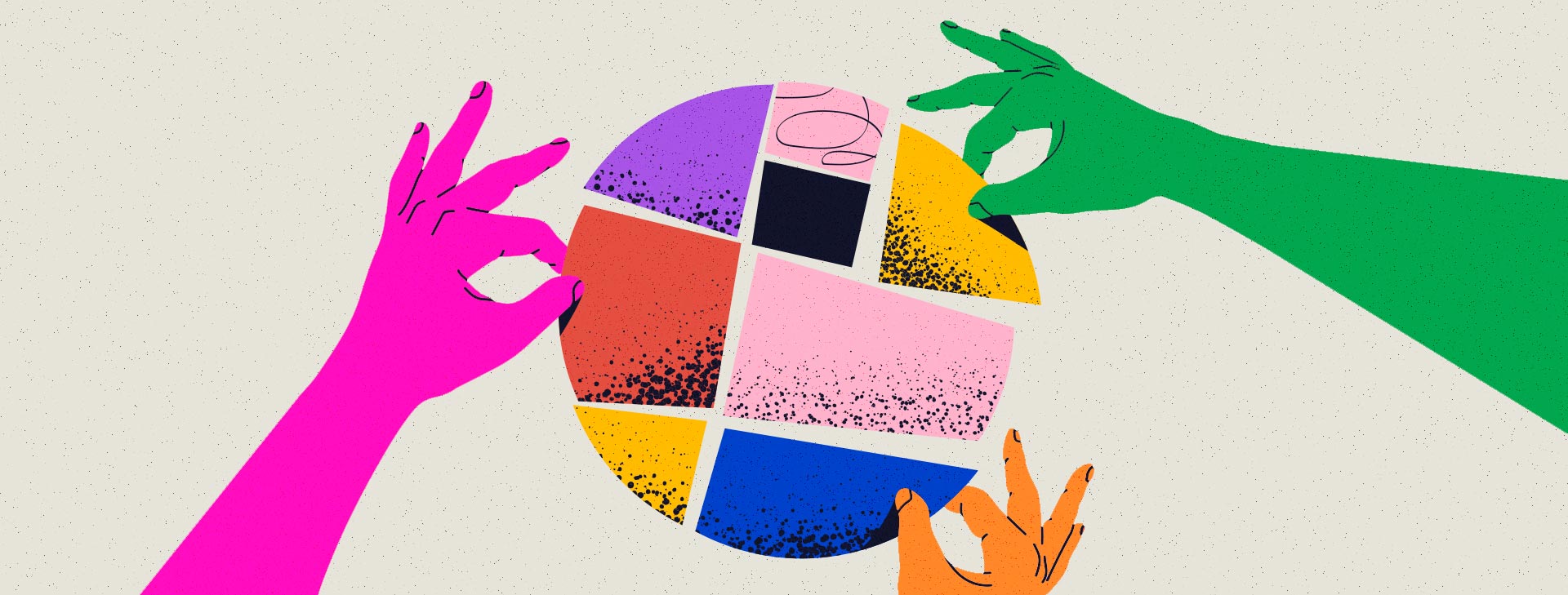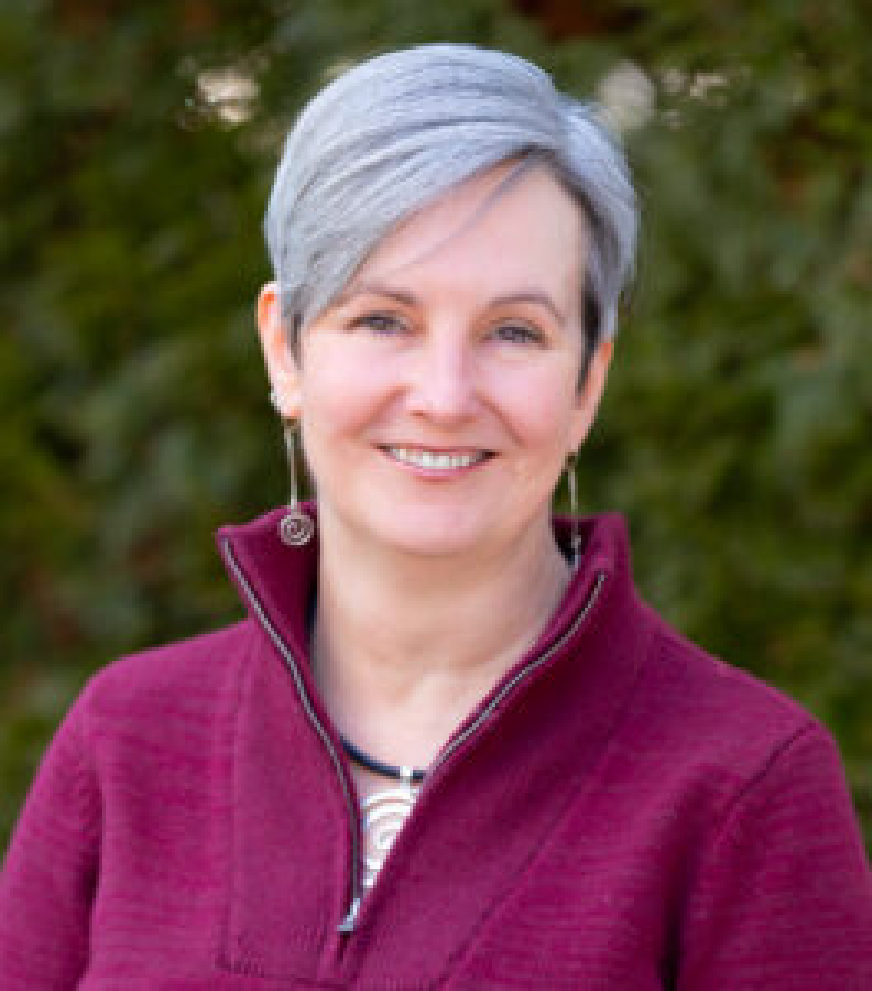
Building Professional Learning Communities
Seven Things My Bicycle Paceline Taught Me About Teacher Learning
As I’ve told you, I do a lot of thinking while I’m out on my bike. But on a recent solo ride, I was thinking about how much faster I’d be going if I was in a paceline, drafting off someone else. And it struck me that deepening our understanding of formative assessment practices in professional learning communities is a bit like riding in a paceline.
Wait, what? What is drafting? And what is a pace line? Both are reasonable questions, and you need answers to stick with this metaphor. Let me explain.
Drafting occurs when one cyclist stays close behind another. The motion of the rider in front creates a wind vortex that helps pull the second cyclist along. If I’m in that second position, I can use less energy to maintain my speed, so I can go faster or farther than I would if I were riding on my own. Physics is amazing: We often say the person in front is “pulling the line,” but it costs them no more effort than if they were riding on their own at the same pace.
We call it a paceline when two or more cyclists take turns riding at the head of the line, “pulling” the group, and then fall back and let the next person lead. The rotation continues until the original lead person is back in front, and the process repeats.
Essential Ingredients of Professional Learning Communities
Now back to the parallels between riding in a paceline and working together, as teachers, in a learning community.
1. Communication and Caring. Cyclists in a paceline are continually communicating up and down the line. The rider in front calls out important things to navigate: a car on the left, a pothole, or a stop sign coming up soon. Passed down the line, that message ensures that everyone is aware and safe. The practice operates in reverse, too: When the rider at the back hears a car coming, they will call out “car back,” and each person passes that message up the line. Each of us is thinking simultaneously about our own well-being and that of the group.
The same is true for a well-functioning learning community. It’s important to communicate continuously about whether the time, frequency, and focus of meetings are working well. Knowing there is a group of colleagues who care about how your day went, whether a new strategy was successful, and how they might help you grow is also invaluable for both teacher learning and teacher retention.
Having regular access to the wisdom of a group of colleagues can help teachers feel they are growing and supported. And that can make the difference between staying in a job or wanting to leave.
2. Trust. I’m very comfortable drafting behind some riders because I’ve learned that they are steady riders who won’t brake suddenly. I trust them. But that trust goes two ways: I know they trust me to stay close enough, but not too close. The foundation of the trust was a Ride Safely class we all took, where we learned rider etiquette, situational awareness, and safety maneuvers, all further developed through a set of shared communication norms.
It’s no different with teachers. If a learning community is going to work well, teachers need to trust their colleagues, particularly when they talk honestly about what’s been going well in their classrooms and what’s been difficult.
Communication norms help, too. Who’d feel comfortable sharing their repeated struggles to properly pace a unit on fractions when a member of the group uses the time to grade papers, or—worse—discusses details of her colleagues’ challenges with people who weren’t in the room? It’s important to develop norms and expectations when you form a new learning community and revisit them periodically.
Avoiding the ‘Headwinds’ in Teacher Learning Communities
3. Feedback. This kind of communication facilitates the sharing of messages that aren’t related to road safety. One person I ride with is a very strong rider who routinely takes off very quickly when a red light turns green. This can make it difficult for the rest of us to catch up. When we stop at lights now, it’s become our habit to remind him—good-naturedly—not to take off like a whippet.
Part of what distinguishes a professional learning community from more informal lunchroom conversations with colleagues is the planned opportunities for well-placed feedback. As teachers share what’s been working and not working in their classrooms, they get an opportunity to get feedback from the other members that can improve the practice of the sharing teacher and deepen the understanding of formative assessment among the other members of the group.
4. Group size matters. A paceline technically needs only two people. In that case, each person gets to benefit from the draft only every other mile. But with a larger group, a rider might be in front for one in six miles and drafting for five, giving them longer to recover before taking the lead again.
Similarly, teacher learning communities can be as small as a pair of teachers who want to collaborate, but they can benefit from a greater diversity of input and experiences. Conversely, they can get unwieldy if they’re too big and not everyone has an opportunity to participate. Five to seven people is a reasonable size. Any larger, and the group might be more effective splitting in two.
5. Distributed Leadership for Long-Term Learning. During one long ride in Delaware, we experienced really strong headwinds. One member of our group was leading the paceline and he seemed comfortable staying at the front of the line. The rest of us were content, tucked in behind, avoiding the worst of the headwinds. But because we weren’t alternating, he got exhausted. We eventually realized we all had to slow down to let him recover. After that, we got much stricter with ourselves about making sure no one pulled for too long.
Learning communities also benefit from someone marshaling the group. It helps to have a designated person making sure there is a meeting room and time, and leading the development of an agenda. But that burden should be shared by the group to avoid burnout.
Professional Learning: ‘We’re Better Together‘
6. Support Systems. I tend to train alone since my riding buddies moved away. But we all meet up for an annual two-day charity ride, which is strenuous but really fun. What makes it easier is the army of volunteers who greet us at rest stops, cheer us on, fill our water bottles, provide snacks, administer first aid, and even do some bike repairs. We leave each rest stop buoyed by their efforts.
Similarly, teacher learning communities benefit from external encouragement from a principal or other school or district leaders. Learning and changing practice can be challenging, but words of encouragement, snacks, aid in the form of substitute teachers, or other forms of public appreciation can go a long way to help sustain the community.
7. We’re better together. Drafting benefits everyone. I ride faster—we all ride faster—when we’re in the paceline because of the performance advantage of drafting.
Teacher learning shows the drafting effect, too. Teachers can learn on their own, of course. But consider all the ways this scenario can make them better: They belong to a community of trusted colleagues who give and ask for constructive feedback, share leadership, and work with supportive school leaders. In such a scenario, teachers are more likely to improve their learning—and their students’ learning—and commit to long-term improvement.
